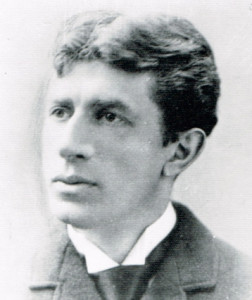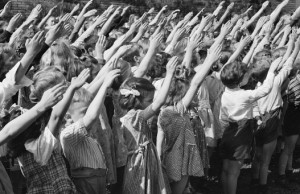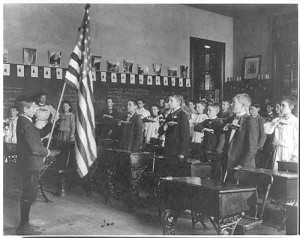How Pledge of Allegiance evolved

Most Americans know that Francis Scott Key wrote the lyrics of “The Star-Spangled Banner.” Many would be able to cite Irving Berlin as the composer of “God Bless America.” But few citizens can identify the author of “The Pledge of Allegiance,” which will be recited often on Flag Day, June 14, and on the Fourth of July.
Francis Bellamy wrote the text, although his original version would be changed repeatedly between 1892 and today. An ordained minister who worked for a Boston-based magazine, The Youth’s Companion, he was tasked with creating a school-based program to mark the 400th anniversary of the discovery of America.

Bellamy’s program included participation by veterans, the reading of a proclamation from President Benjamin Harrison and the raising of the U.S. flag to a chorus of “three cheers for Old Glory!”
The program then proceeded to “A Salute to the Flag” during which “every pupil gives the flag the military salute” and recites Bellamy’s text: “I pledge allegiance to my flag and the republic for which it stands – one nation indivisible, with liberty and justice for all.”
Students were instructed that, “at the words ‘to my flag,’ the right hand is extended gracefully, palm upward, toward the flag.”
The Pledge of Allegiance would not retain the format Bellamy devised. After a few decades, “my flag” became “the flag of the United States of America” lest foreign-born people think they were honoring their own national banner.
That notion rankled Bellamy, who pointed out that immigrants knew which flag they were honoring since it was hanging in front of them. In addition, he said, he wanted the pledge to be “as compact a national creed as possible so that children could easily say it as well as understand it.”

As for the extension of students’ hands toward the banner, that gesture was eliminated as soon as Americans realized how much it resembled the Nazis’ “Heil, Hitler” salute.
The final change came in 1954 as a rebuttal to communism’s atheism. President Eisenhower and others called for the addition of “under God” to the pledge. In 2004, the Supreme Court upheld that insertion, and it’s now part in the official U.S. Flag Code.
Would Bellamy, who died in 1931, have objected to “under God”? Perhaps not. After all, his 1892 program for schools included, after the pledge, an “acknowledgement of God” through “prayer or scripture.”
